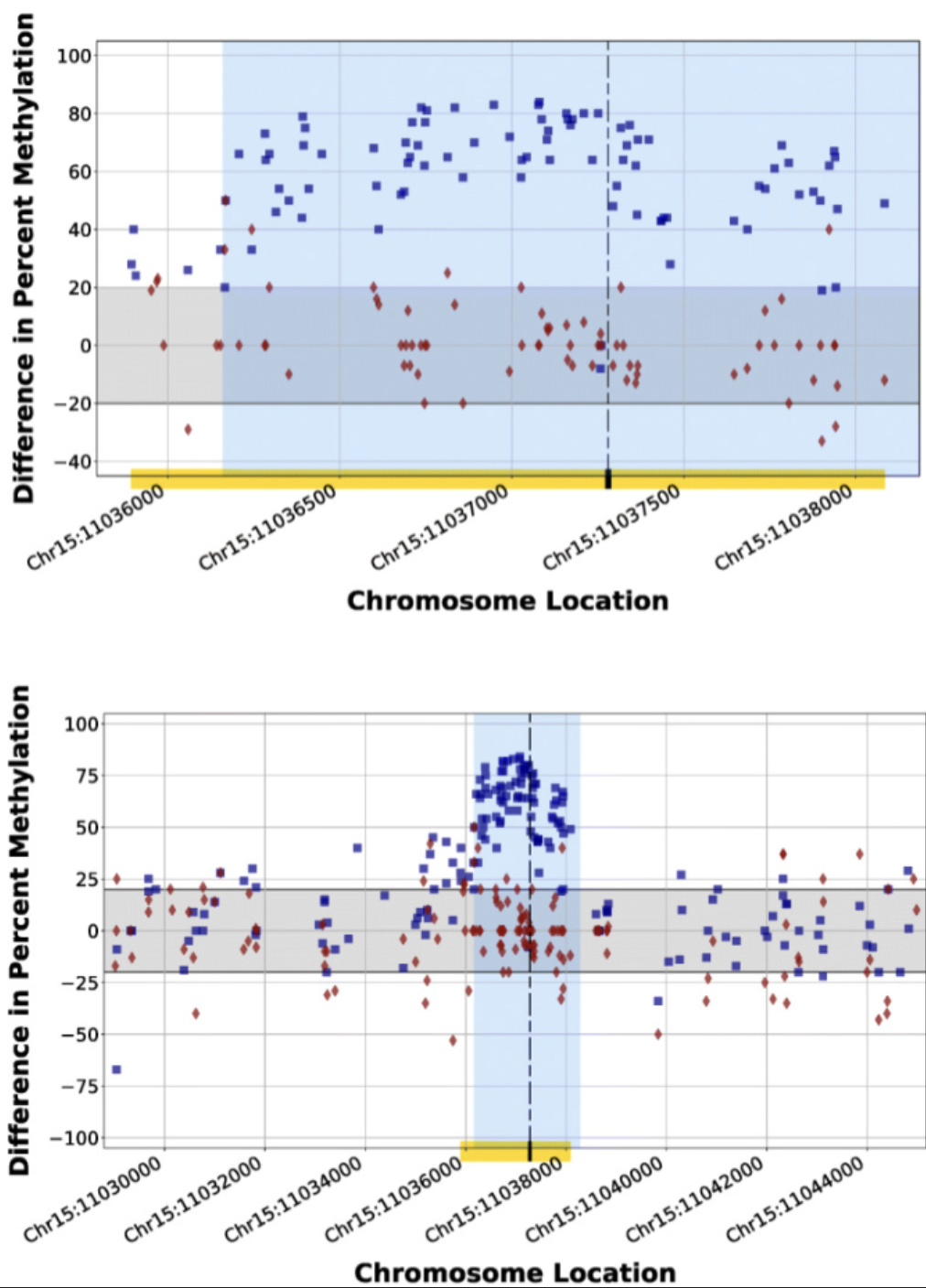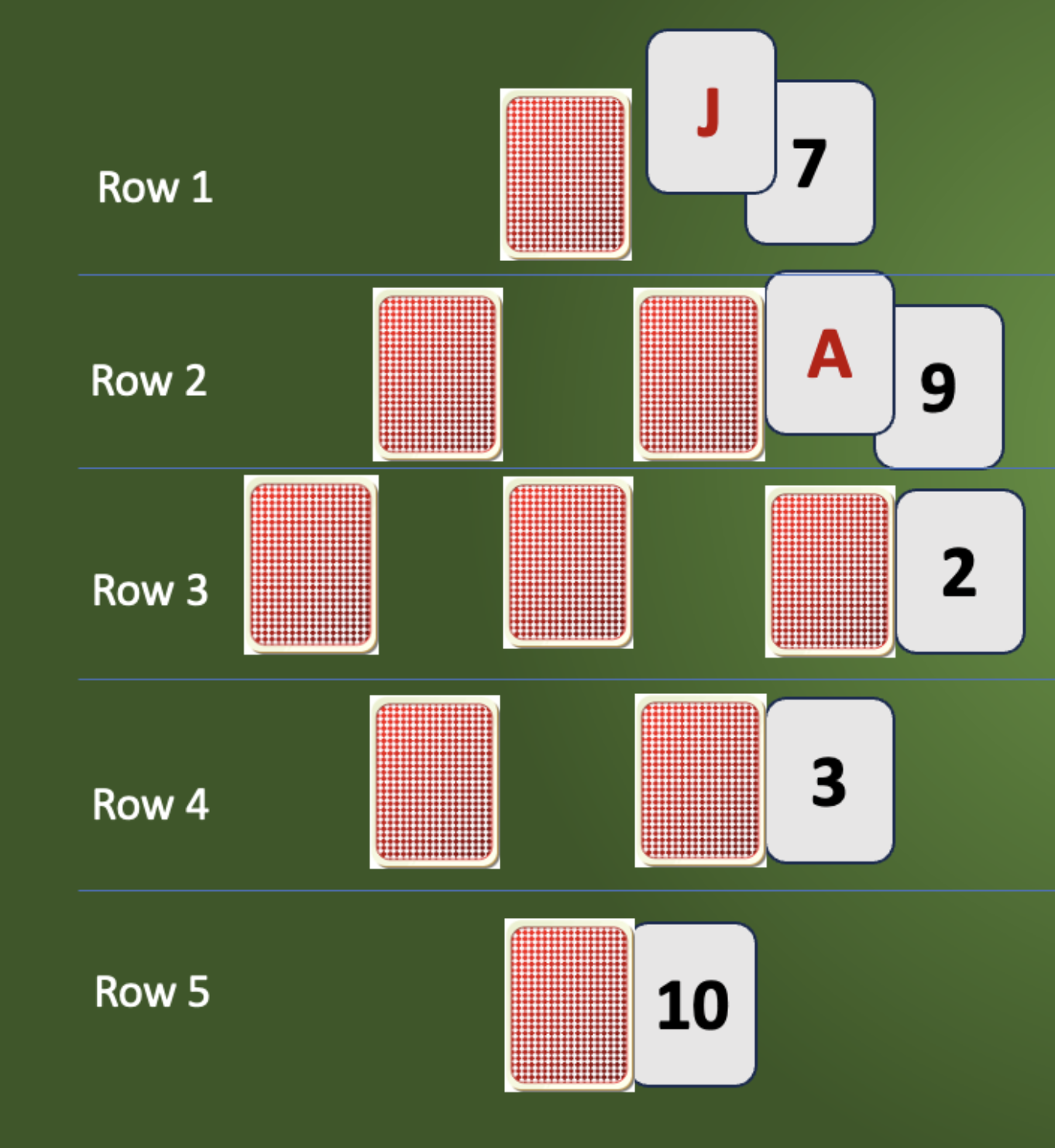My Projects
my.uscis.gov
This is the website I work on in my current position, contact me offline if you would like to hear details!
Link
CRISPR Genomic Edit Detection
Building off research by M. Heath Farris et. al, I designed and developed an ensemble model involving an LSTM Autoencoder and statistical test to detect the presence of CRISPR edits.
I used Python (TensorFlow, Keras, NumPy, pandas, seaborn), bash scripts, MITRE's High Performance Computing Cloud system, and ggplot2 in R for this research.
The abstract for the poster can be found on page 1489 in the following link:
Link
Liar's Dice Agents and Backrooms
One of my favorite games to play with friends is Liar's Dice (a.k.a. Perrudo, Dudo). I've built several agents (Random, Probabilistic, and a Neural Network agent) to simulate the game and explore optimal play.
I also created a Liar's Dice Backrooms webapp (inspired by Infinite Backrooms) where LLMs play with different prompted strategies and personalities.
For now, play Liar's Dice online at liars-dice.net. I'm working to integrate my AIs there.

Statistical Analysis of the Card Game Rugby
Monte Carlo simulation analysis of the card game Rugby to examine optimal strategies (sometimes!).
Download the presentation:
Link